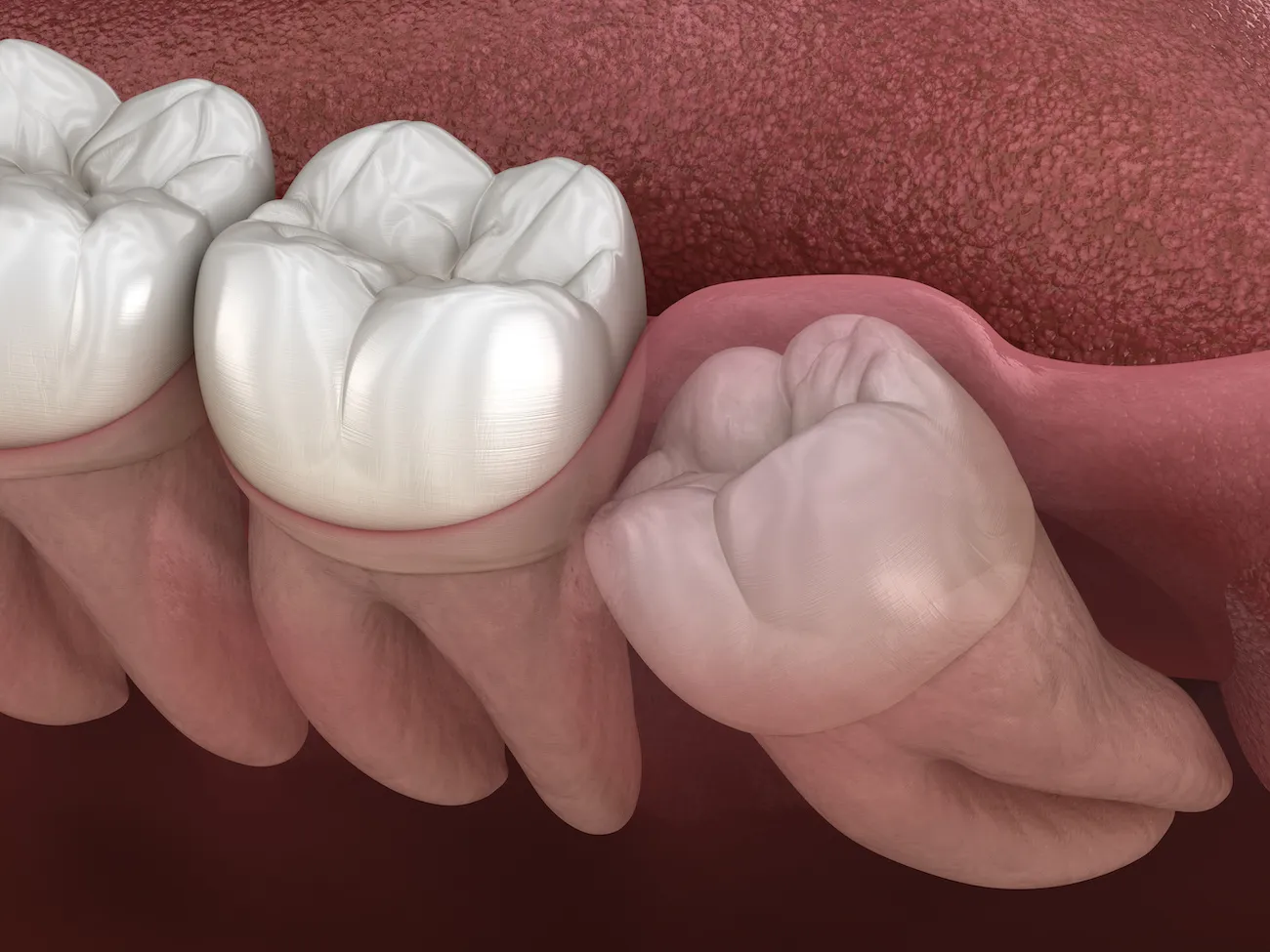Table of Contents
ToggleSleep apnea is more than just a nighttime annoyance; it can significantly impact your health and well-being. Imagine waking up feeling groggy, struggling to concentrate throughout the day, or even facing serious health risks due to disrupted sleep patterns. For many individuals, oral and maxillofacial surgery presents a viable solution to this common condition.
This specialized field of dentistry focuses on correcting structural issues that contribute to airway obstruction during sleep. If you’re tired of restless nights and are seeking effective treatment options for sleep apnea, understanding the role of oral and maxillofacial surgery could be your first step towards restful slumber and better overall health. Let’s delve into the details surrounding this innovative approach!
Understanding Sleep Apnea
Sleep apnea is a sleep disorder characterized by repeated interruptions in breathing during sleep. These pauses can last from a few seconds to over a minute, often leading to fragmented rest and low oxygen levels.
There are three primary types: obstructive, central, and complex. Obstructive sleep apnea occurs when the throat muscles relax excessively. Central sleep apnea happens when the brain fails to send proper signals to the muscles that control breathing. Complex sleep apnea syndrome combines both forms.
Common symptoms include loud snoring, gasping for air during the night, and excessive daytime drowsiness. Individuals may also experience mood swings or memory problems due to poor-quality rest.
Risk factors include obesity, age, gender (more common in men), and certain anatomical features like a thick neck or enlarged tonsils. Recognizing these patterns is essential for effective treatment planning.
How Oral & Maxillofacial Surgery is Used to Treat Sleep Apnea
Oral & maxillofacial surgery plays a crucial role in treating sleep apnea, particularly obstructive sleep apnea. This condition often occurs when the throat muscles relax excessively during sleep, blocking the airway.
Surgeons focus on removing excess tissue or repositioning anatomical structures to open up the airway. Common procedures include uvulopalatopharyngoplasty (UPPP) and genioglossus advancement. These techniques aim to enhance airflow while reducing snoring and other disturbances.
In some cases, jaw surgeries can also be performed to correct structural abnormalities that contribute to breathing issues at night. By adjusting the position of the upper or lower jaw, these surgeries can create more space for airflow.
Patients typically undergo a thorough evaluation before surgery, including imaging studies and consultations with specialists. This ensures that surgical intervention is appropriate for their unique needs and anatomy.
Types of Oral & Maxillofacial Surgery for Sleep Apnea
Oral and maxillofacial surgery offers several options for those suffering from sleep apnea. Each procedure targets the underlying causes of this condition, aiming to improve airflow during sleep.
One common type is uvulopalatopharyngoplasty (UPPP). This surgery involves removing excess tissue from the throat to widen the airway. It can significantly reduce snoring and apnea episodes.
Another option is maxillomandibular advancement (MMA). This technique repositions the upper and lower jaw forward, increasing space in the airway. MMA often leads to long-term improvements in breathing patterns at night.
Genioglossus advancement focuses on repositioning a muscle that prevents airway collapse when sleeping. By stabilizing this muscle, patients may experience better nighttime breathing.
Hyoid suspension can be performed alongside other procedures. It helps support the hyoid bone, providing additional stability to keep airways open during rest.
Benefits and Risks of Surgery
Oral & maxillofacial surgery offers several benefits for individuals suffering from sleep apnea. One primary advantage is the potential for long-term relief. Many patients experience significant improvements in their sleep quality and daytime alertness after undergoing these procedures.
Another benefit is the reduction of associated health risks. Sleep apnea can lead to serious conditions like heart disease, high blood pressure, and diabetes. Surgery may help mitigate these risks by addressing the root cause of airway obstruction.
However, it’s important to consider the risks involved as well. Surgical interventions carry inherent complications such as infections or adverse reactions to anesthesia.
Additionally, recovery periods can vary widely among patients, requiring time off work and adjustments at home. Balancing these benefits against potential drawbacks helps individuals make informed decisions about their treatment options.
Alternative Treatment Options
When it comes to managing sleep apnea, several alternative treatment options exist beyond oral and maxillofacial surgery. Continuous Positive Airway Pressure (CPAP) therapy is one of the most common choices. This device delivers air pressure through a mask while you sleep, keeping your airway open.
Lifestyle changes can also play a pivotal role. Weight loss, avoiding alcohol before bedtime, and sleeping on your side are simple yet effective strategies that many find helpful.
Oral appliances designed to reposition the jaw may offer relief as well. These devices are custom-fitted by dentists specializing in sleep medicine.
Additionally, certain positional therapies aim to train patients not to sleep on their backs—an important consideration since this position can worsen symptoms for some individuals.
Cognitive behavioral therapy (CBT) has shown promise in addressing underlying issues related to anxiety or stress that might aggravate sleep disturbances.
Preparing for Surgery
Preparing for oral and maxillofacial surgery requires careful planning. Start by discussing any medications you’re taking with your surgeon. Some drugs may need to be paused, especially blood thinners.
Next, arrange for someone to drive you home after the procedure. Anesthesia can leave you feeling groggy, so having a trusted friend or family member on hand is essential.
It’s also wise to follow pre-operative guidelines provided by your medical team. This often includes dietary restrictions or specific instructions about when to stop eating and drinking before surgery.
Additionally, consider creating a comfortable recovery space at home. Stock up on soft foods and hydration options since you’ll likely want easy-to-eat meals post-surgery.
Mentally prepare yourself by learning about what to expect during the recovery phase. Being informed can help ease anxiety associated with the process ahead.
Recovery and Aftercare
Recovery after oral and maxillofacial surgery for sleep apnea varies by individual. Typically, patients can expect some swelling and discomfort in the days following the procedure. Managing pain with prescribed medications is crucial during this time.
Eating soft foods can aid in recovery. It helps minimize strain on your jaw while allowing it to heal properly. Staying hydrated is equally important.
Follow-up appointments are vital to monitor healing progress. Your surgeon will check for any complications or concerns that may arise post-surgery.
Maintaining good oral hygiene is essential too. Gentle brushing and rinsing will help keep your mouth clean without aggravating sensitive areas.
Listen to your body as you recover; rest when needed but gradually reintroduce normal activities at a comfortable pace. This balanced approach promotes optimal healing and enhances overall outcomes from the surgery.
Success Rates and Long-Term Results
Success rates for oral and maxillofacial surgery in treating sleep apnea vary based on individual cases. Many patients experience significant improvements in their symptoms, leading to better sleep quality and reduced daytime fatigue.
Long-term results can be promising. Studies indicate that a substantial percentage of patients maintain positive outcomes years after the procedure. This sustained relief often enhances overall health, with fewer associated risks such as cardiovascular issues.
However, success is not guaranteed for everyone. Factors like age, weight, and the severity of the condition play crucial roles in determining effectiveness.
Regular follow-ups with healthcare providers are essential to monitor progress post-surgery. These consultations help address any potential complications early on and ensure that recovery remains on track.
Patient commitment to lifestyle changes also influences long-term success rates significantly. Combining surgical intervention with healthier habits maximizes benefits over time.
Choosing the Right Surgeon
Choosing the right surgeon for oral and maxillofacial surgery is crucial. Start by looking for a board-certified specialist with extensive experience in treating sleep apnea.
Research their credentials thoroughly. Check where they completed their training and how long they’ve been practicing. Reviews from previous patients can provide valuable insights into their skills and bedside manner.
Don’t hesitate to ask about the specific techniques they use for sleep apnea treatment. A good surgeon should be well-versed in various surgical options tailored to individual needs.
Personal comfort is key, too. Schedule consultations to gauge your rapport with the surgeon and staff. Communication should feel effortless, allowing you to express concerns openly.
Consider post-operative support offered by the practice. Adequate aftercare plays an essential role in recovery success, so make sure you’re comfortable with their approach before making a decision.
Conclusion
Oral & maxillofacial surgery offers promising solutions for individuals struggling with sleep apnea. Understanding the complexities of this condition is essential. The surgical options available can significantly improve quality of life by alleviating symptoms and enhancing sleep patterns.
While surgery may not be the first line of treatment, it plays a crucial role for those who do not respond well to other therapies. Each type of oral and maxillofacial procedure targets specific anatomical issues contributing to sleep apnea, making it vital to assess your individual needs.
The benefits often outweigh the risks, especially when considering long-term health impacts associated with untreated sleep apnea. Yet it’s important to discuss all potential outcomes with your surgeon before making any decisions.
For some patients, alternative treatments like CPAP machines or lifestyle changes might suffice. However, if these methods fail or are intolerable, surgical intervention could be key in reclaiming restful nights.
Preparation is equally critical; understanding what lies ahead ensures a smoother experience from start to finish. Post-surgery recovery requires patience and adherence to aftercare guidelines for optimal results.
Success rates are generally favorable but vary based on numerous factors including age and overall health conditions. Long-term effects need consideration as you weigh your options thoroughly.
Choosing the right surgeon equipped with expertise in oral & maxillofacial procedures makes a significant difference in outcomes too. Their knowledge will guide you through every step along this journey toward better sleep quality and improved overall health.
This exploration into oral & maxillofacial surgery illuminates viable avenues towards tackling obstructive sleep apnea effectively while fostering an informed decision-making process tailored to each individual’s unique circumstances.




